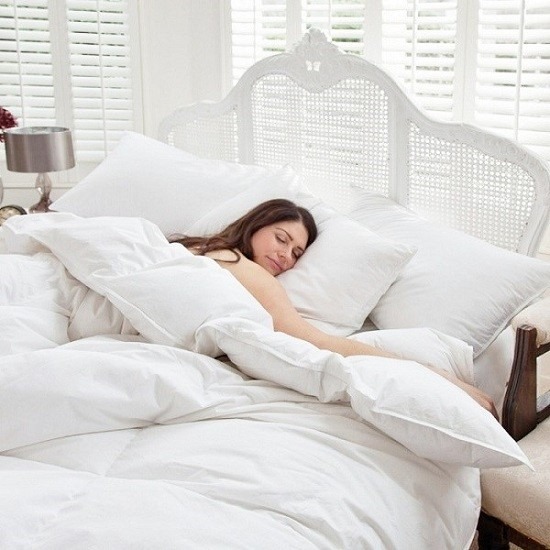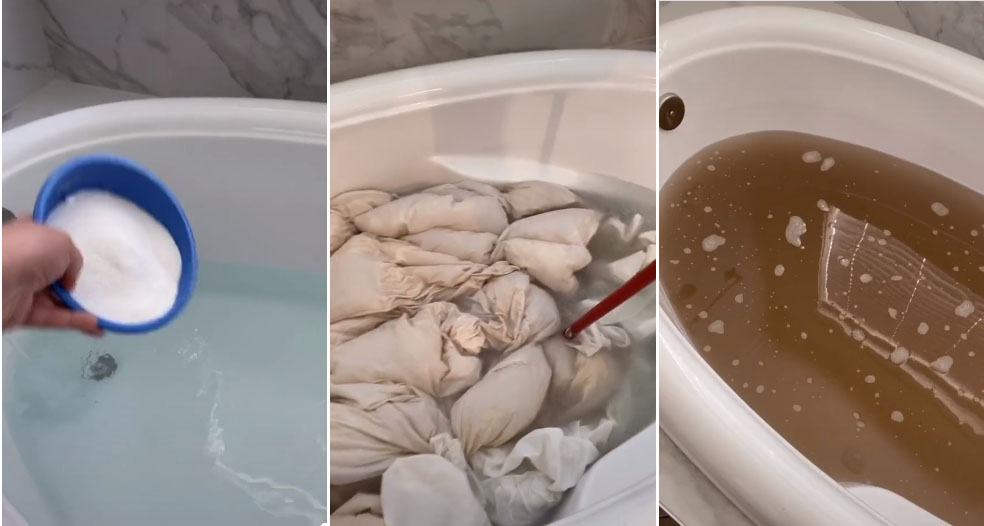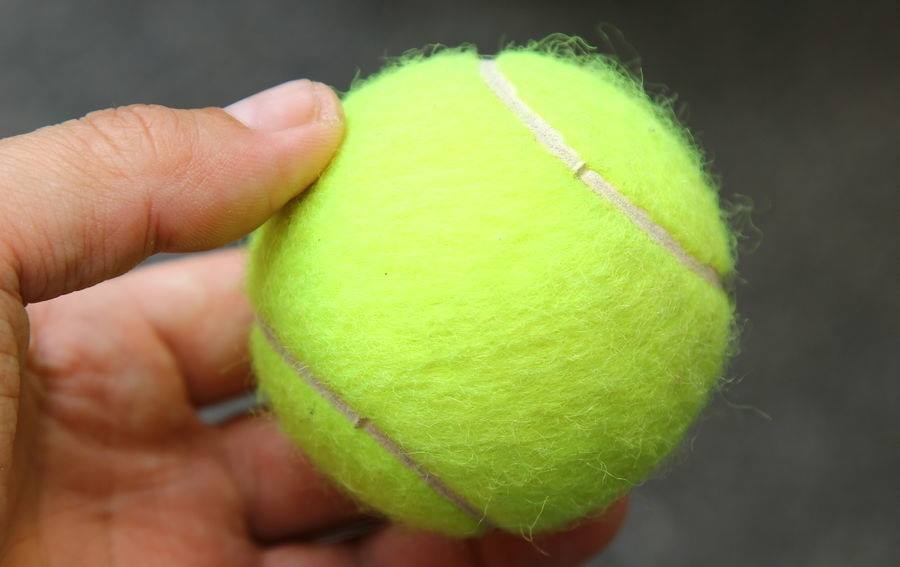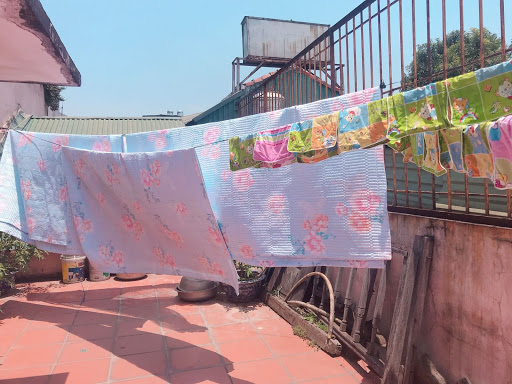Blankets and comforters are often thick and heavy due to their insulating properties, and they take up a lot of space in the washing machine. This can restrict the agitation and tumbling action of the machine, making it difficult to ensure effective cleaning. In this case, taking them to a laundromat or dry cleaner can be a viable solution, but it may be costly and not feasible for everyone.

Some people even avoid washing their bedding due to the hassle involved, opting to wash it only a few times during the winter. This is a potentially harmful practice as bedding accumulates a significant amount of dirt, dead skin cells, and other contaminants. If not cleaned regularly, these items can become breeding grounds for bacteria and allergens, posing a direct threat to one’s health.
Therefore, it is crucial to maintain a routine of frequent washing and thorough cleaning of bedding to ensure hygiene without incurring high costs. The following guide will instruct you on how to achieve this during the winter season from the comfort of your home.
Step 1: Soaking
– Fill your bathtub (if available) or a large bucket/basin with hot water.
– Add alum (hann chè), baking soda, and laundry detergent in a 1:1:2 ratio. Stir the water until all the ingredients have dissolved.

– Proceed to soak thin comforters, duvet covers, bed sheets, pillowcases, and thick towels in this solution for about 1-2 hours. For extremely soiled items or those that have been left unwashed for extended periods, you can soak them for up to 4 hours.
– During the soaking process, occasionally agitate the bedding in the basin to ensure that the cleaning agents penetrate all areas of the fabric.
Soaking your bedding before washing helps to loosen and remove dirt, bacteria, and yellow stains more effectively.
Step 2: Washing
– After several hours of soaking in the solution of hot water, alum, baking soda, and detergent, you may be surprised to see the water turn murky and brown. This indicates that a significant amount of dirt and contaminants have been released from your bedding into the water.

– To ensure thorough cleaning, give the soaked bedding a quick rinse in clean water, then transfer them to the washing machine and set it to a normal wash cycle or just the rinse and spin cycle, depending on how clean they already are.
– For added effectiveness, place two tennis balls in the machine along with your bedding. This helps to reduce bunching and enhances the cleaning process while also minimizing the chances of your comforters and pillows becoming flattened during the wash.

It is advisable to use a washing machine for your bedding instead of hand-washing or rinsing, as the machine provides stronger agitation and is better equipped to handle bulky items. Additionally, the machine will effectively spin-dry your bedding, making the drying process faster and more manageable, especially during winter when there is less sunlight. Prolonged dampness can lead to unpleasant odors and the growth of mold and mildew.
Step 3: Drying
If the weather permits and the sun is shining brightly, take advantage of it by hanging your freshly washed bedding out to dry. This not only ensures complete drying but also helps prevent mold and mildew while killing any remaining bacteria.

However, if the weather is less than ideal, with little sun or rain, you can use a dryer if you have one, or hang your bedding in the driest and breeziest area of your home. Bedding plays a crucial role in our daily lives, and maintaining its cleanliness is essential for our well-being. Regular washing and proper care of your bedding help eliminate dirt, bacteria, and germs, reducing the risk of illness for you and your family members.
|
How often should you wash your bedding? The frequency of washing your bedding depends on the fabric type and the amount of time you spend in contact with it. Duvet covers, pillowcases, and bed sheets, which are in direct contact with our bodies during sleep, should be cleaned at least once a week.
As for the duvet and pillow inserts with fluffy fillings, they only need to be washed once a year, preferably by dry cleaning rather than machine washing or hand washing. However, even if you don’t wash them frequently, it is recommended to air them out in the sun regularly to kill any bacteria and prevent the buildup of harmful substances. |
By V.K – Vietnamnet




































